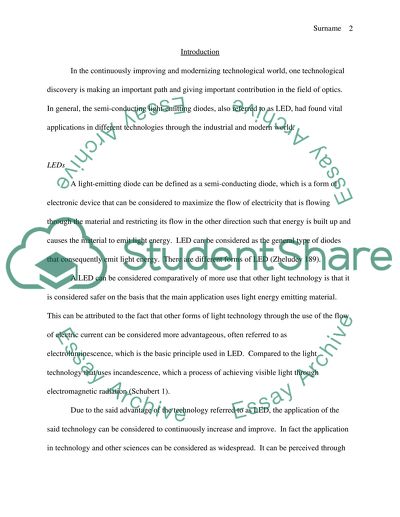Polymer Organic Light Emitting Diode Materials and Techniques Essay. Retrieved from https://studentshare.org/miscellaneous/1500940-polymer-organic-light-emitting-diode-materials-and-techniques
Polymer Organic Light Emitting Diode Materials and Techniques Essay. https://studentshare.org/miscellaneous/1500940-polymer-organic-light-emitting-diode-materials-and-techniques.


